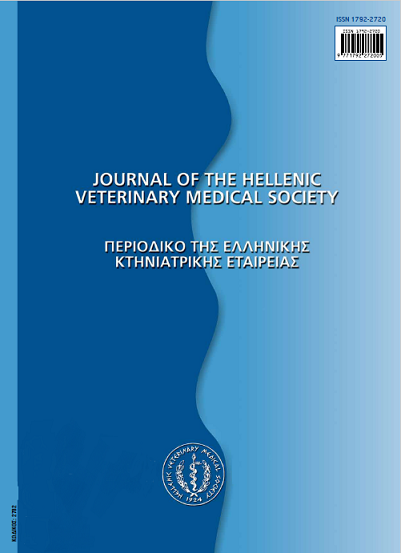Chlamydial abortion of ewes and goats. I. Current aspects on etiology, pathogenesis, immune mechanisms and epizootiology of disease

Abstract
Chlamydial abortion constitutes one of the major causes of infectious abortion in sheep and goats. The disease leads to considerable losses in most sheep and goat-rearing countries, as well as, in Greece. In this paper, a review of the causative agent, pathogenesis, host immune response and epizootiology is presented. After recent changes, that have occured in the taxonomy of chlamydiae, it is necessary to refer to new families, new genera and new species within the order Chlamydiales, with emphasis on new species of Chlamydophila abortus, the causal agent of chlamydial abortion. This study reviews the recent experimental data which indicate the sites of entry of the organism, the way of its dissemination and establishment to the placenta. It also reviews current research on the humoral and cell-mediated immune responses, the role of the IFN-γ in latent infection and this of Tcells in the protective immune response. Finally, particular reference is given on the role of the male in the disease transmission and the role of inter-species contamination in chlamydial abortion.
Article Details
- How to Cite
-
SIARKOU (Β. ΣΙΑΡΚΟΥ) V. (2018). Chlamydial abortion of ewes and goats. I. Current aspects on etiology, pathogenesis, immune mechanisms and epizootiology of disease. Journal of the Hellenic Veterinary Medical Society, 53(1), 9–23. https://doi.org/10.12681/jhvms.15354
- Issue
- Vol. 53 No. 1 (2002)
- Section
- Review Articles

This work is licensed under a Creative Commons Attribution-NonCommercial 4.0 International License.
Authors who publish with this journal agree to the following terms:
· Authors retain copyright and grant the journal right of first publication with the work simultaneously licensed under a Creative Commons Attribution Non-Commercial License that allows others to share the work with an acknowledgement of the work's authorship and initial publication in this journal.
· Authors are able to enter into separate, additional contractual arrangements for the non-exclusive distribution of the journal's published version of the work (e.g. post it to an institutional repository or publish it in a book), with an acknowledgement of its initial publication in this journal.
· Authors are permitted and encouraged to post their work online (preferably in institutional repositories or on their website) prior to and during the submission process, as it can lead to productive exchanges, as well as earlier and greater citation of published work.


